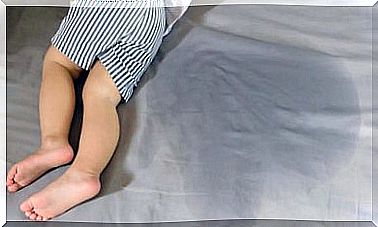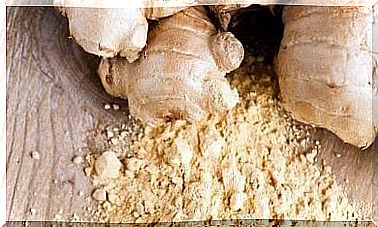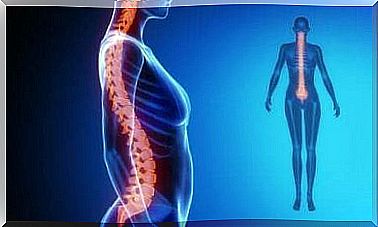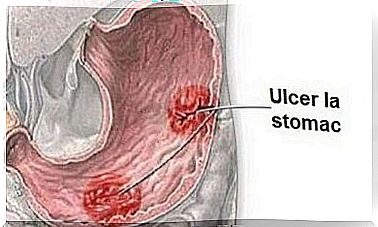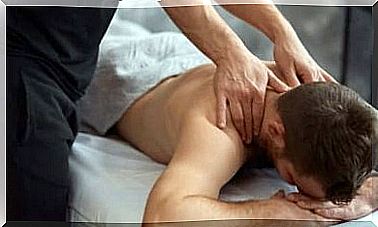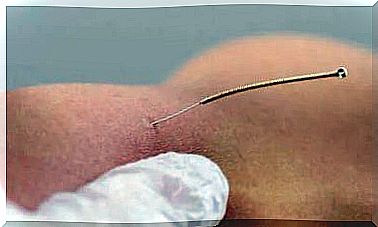What Are Intracardiac Injections?
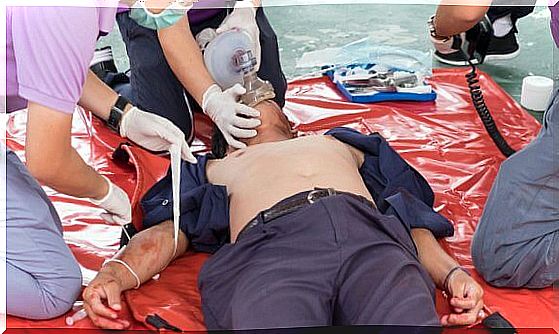
Intracardiac injections are used by doctors and nurses in situations that require urgent care. We can label a situation as “emergency” if the patient’s health or life is in danger. In such cases, specialists can administer drugs directly to the heart, so that they reach the blood faster and act immediately.
The problem that most often requires the administration of intracardiac injections is cardiac arrest. This technique is effective because the drugs no longer need to be absorbed. Acting immediately, skip the waiting stage, and the administered dose is used in proportion of 100%.
At the same time, in the absence of a waiting period, the drug will act in the same way on people with the same body weight and age. Thus, the doctor can accurately calculate the appropriate dose and administer it quickly and correctly. This is extremely useful when the patient is unconscious and the specialist cannot request information from him.
How are intracardiac injections administered?
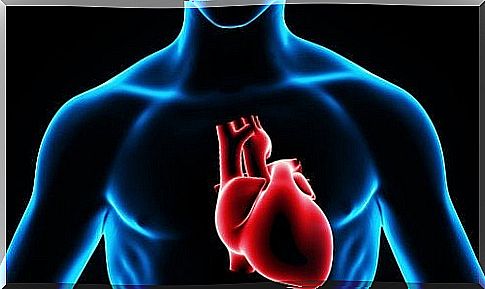
The first step in administering an intracardiac injection is to prepare a syringe with a sterile needle over 10 cm. It is important that the length of the needle is not shorter, as it must penetrate the heart.
After the syringe has been prepared, the specialist will fill it with the dose he wants to administer. Then, it will locate the patient’s intercostal spaces – that is, the regions between the ribs. This step will only create problems for obese patients whose ribs are difficult to identify.
After locating the fourth intercostal space, the specialist will follow the imaginary line that connects it to the sternum on the left side. That’s where the heart is. The doctor will then insert the needle into the space provided and release the medicine. Despite the technical difficulties, the substance will reach the heart and, if this organ no longer beats, will help it to restart.
What drugs are given intracardiacally?
The most common drug administered by this method is, without a doubt, adrenaline. In general, doctors use adrenaline with a concentration of 0.1% to restart cardiac activity without side effects. Remember, any medicine given directly to the heart will work instantly. Therefore, higher doses of adrenaline could lead to death.
Adrenaline is also known as epinephrine. It is one of the most potent activators of the sympathetic nervous system. The heart begins to beat according to the signals received from this system. As a consequence, by modifying the activity of the sympathetic nervous system, we can also modify the cardiac activity.
Numerous studies have shown that administering an intracardiac injection of adrenaline no later than five minutes after cardiac arrest increases the patient’s chances of survival. But this technique does not always work. Choosing the right time is essential in such an emergency. The survival rate is closely related to the speed with which the intracardiac injection is administered.
In which situations are intracardiac injections indicated?
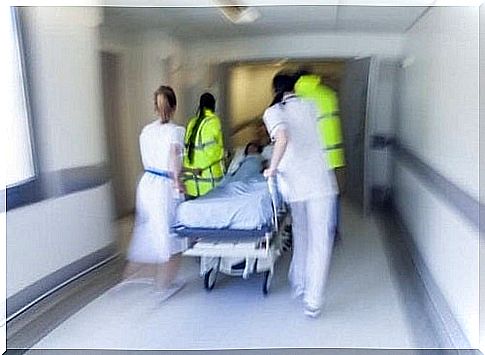
Intracardiac injections are not recommended during cardiac massage. These techniques must be applied separately. Thus, the entire dose of the drug will reach the heart and reduce the risk of ischemia.
Ischemia is the process that cells go through when they die because the blood cannot reach them to feed them. Many heart problems can cause ischemia. The best known cause is myocardial infarction (heart attack).
When a patient goes into cardiac arrest, his heart no longer pumps blood to the rest of the body, and the cells begin to die. To stop this process, the doctor must administer the intracardiac injection. Then the blood will start flowing through the body again.
But don’t forget that only a medical professional can administer intracardiac injections.
